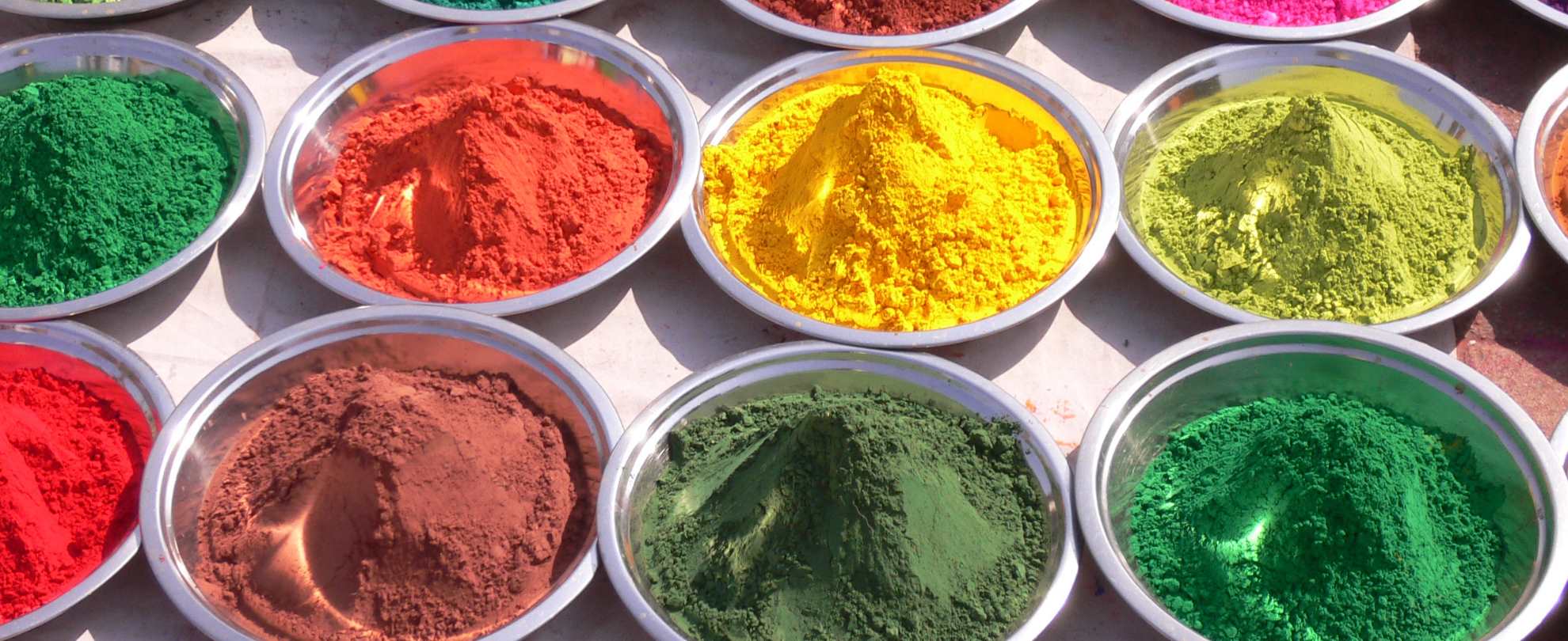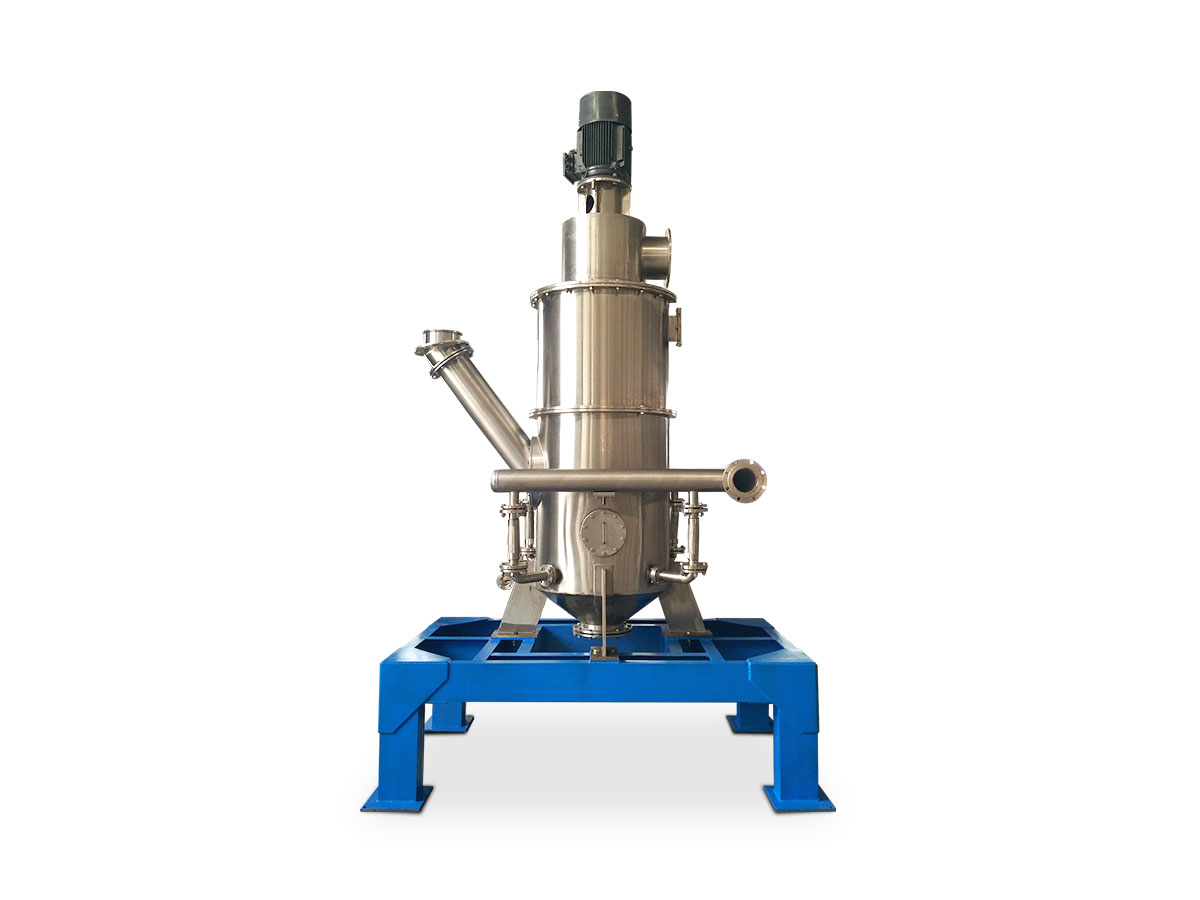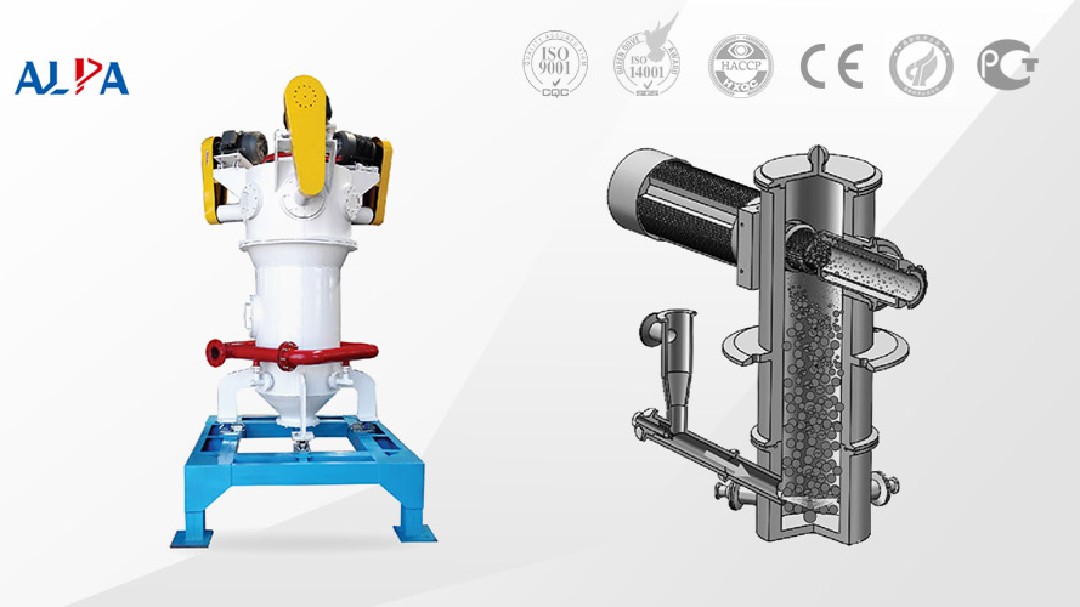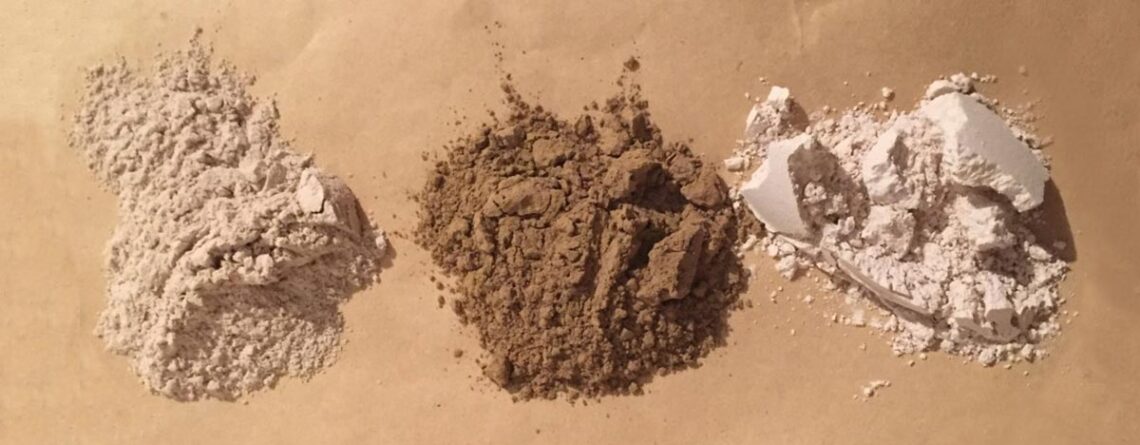How to choose a suitable ultra-fine grinding process for pigment production?
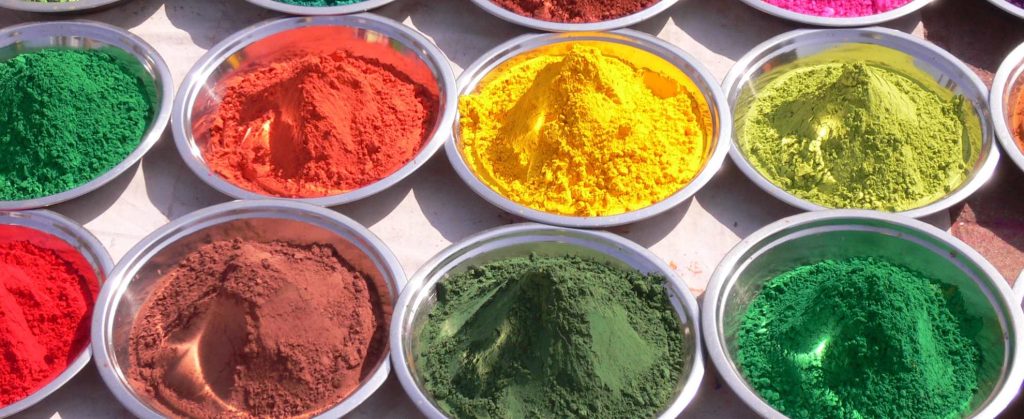
Pigments, as a colorant, are widely used in various fields: such as paints, inks, plastics, fabrics, cosmetics, food, etc. We can roughly divide colorants into two types: insoluble pigments and soluble dyes. Due to the insolubility of pigments, their coloring strength and color will be directly affected by the size and morphology of the pigment particles. Therefore, choosing a suitable and efficient ultra-fine grinding and pulverization process will significantly enhance the coloring performance of the pigment on the matrix material. In addition, pigment particles of a certain size and shape can change the absorption and scattering of light of different spectra, thereby changing the color and giving the surface of the base material a specific appearance.
Impact grinding
Mechanical impact mills can be used for fine grinding of soft to medium hard materials. Typical fineness ranges for median particle size are 20 to 500 μm. A choice of rotor types ensures stable temperatures during grinding. These characteristics of the mills make them suitable for deagglomerating pigment particles after drying. In addition, the easy-to-operate and clean design allows you to quickly switch between different materials. At the same time, the wide variety of grinding tools that can be installed on the mill means that they can be used to process a variety of different products and achieve different material finenesses.
Impact grinding machine with classifier
This type of classifying mill offers the possibility of achieving both grinding and classifying functions in one system. The CSM classifier is a combination of a fine impact classifier and a guide wheel classifier. Using two independent motor drives, one for the grinding disc and the other for the grading wheel, the CSM can precisely adjust the grading wheel speed to obtain a wide range of final product fineness from d97=9μm to 200μm. By utilizing the geometry of the classifier impeller and the air seal between the classifier wheel and the machine top cover, precise control of the upper limit of the particle size of the grinding material is ensured, thereby achieving fine classification.
Fluidized bed jet mill
This jet mill is suitable for ultra-fine crushing of materials of various hardnesses (soft to extremely hard). In the grinding area, the particles are driven by high-speed airflow to collide and grind with each other. There are no additional grinding parts. The dynamic classifier controls the maximum particle size. The air flow velocity at the nozzle outlet in the grinding chamber can reach 500 to 600 m/s. Because high grinding energy and impact speed can be generated in the fluidized bed, it is possible to achieve a D50 fineness of 1 to 5 μm.
If the products being ground are organic pigments, special attention needs to be paid to characteristic values that may cause dust explosions. This mainly involves critical energy, critical temperature and Kst value. Based on these data, adequate protection must be provided when limit values are exceeded. The first solution is to build a pressure shock-resistant device in the factory, including special elements such as explosion protection valves and rupture discs. The second solution is to operate under inert gas and reliably control the oxygen content of the plant.
Using a suitable ultra-fine grinding process can produce high-quality pigments with special flow characteristics and achieve the fineness and quality required for the final product. This optimized ultra-fine grinding and crushing process also increases the value of the product and reduces energy consumption and other production costs.
Are the particle sizes of raw materials and auxiliary materials too large? Try jet mill
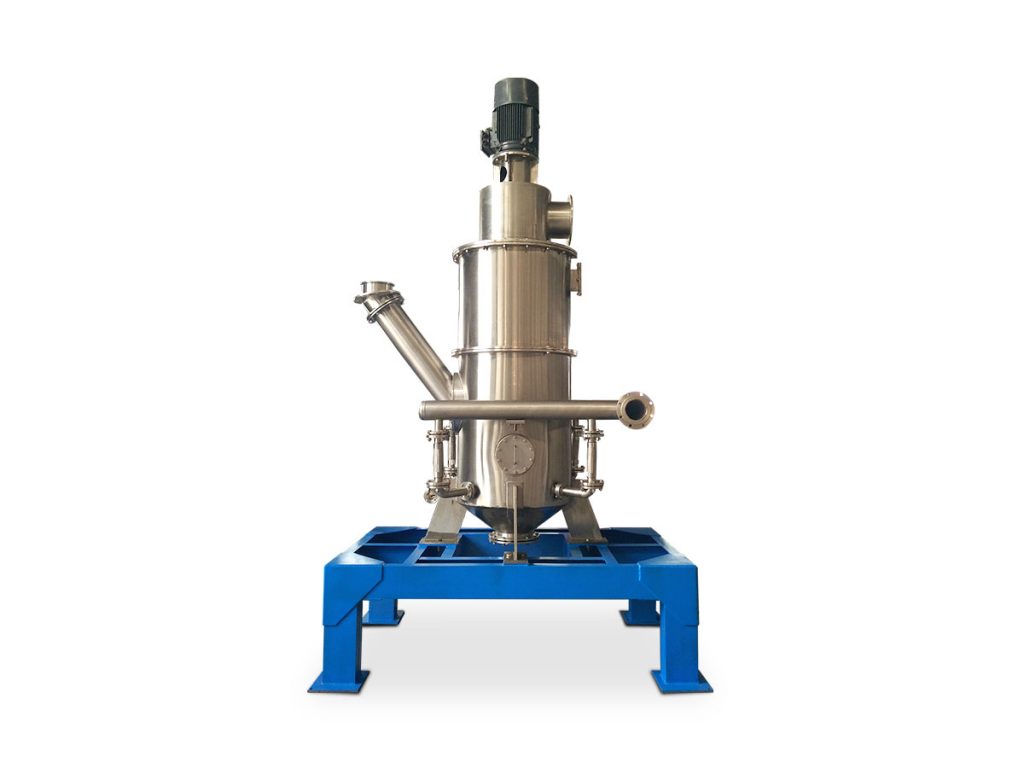
Compared with other types of pulverizers, the main advantage of a jet pulverizer is that it can pulverize crystallized materials to an average particle size of 1 to 10 microns and within a very narrow particle size range at the same time.
Typically, a jet mill will grind friable or crystalline materials down to an average particle size of 1 to 10 microns. Certain products, such as certain molybdenum compounds, paint pigments and similar products, can be reduced to 200 nanometer particles. Particles larger than 10 microns are typically hard-to-break polymers, such as toner compounds or hard waxes, and some organic materials, but if larger sizes are required, many can be reduced by reducing the power of the jet mill or increasing the feed rate.
The working principle of the airflow crusher is: compressed air is dried, and after drying, it enters the crushing chamber through the nozzle. In the crushing chamber, the materials can be crushed through high-pressure air flow. Afterwards, the coarse and fine materials can be separated under the centrifugal force generated by the classification turbine. Particles that meet the particle size requirements enter the cyclone separator and dust collector and are collected, while particles that do not meet the requirements continue to be crushed. The performance characteristics of the jet pulverizer mainly include the following points:
1. There is a vertical classification device inside, which can adjust the product particle size. The crushing particle size is good and the particle size distribution is relatively narrow. 2. It can be used in series with a multi-stage classifier to form multiple granularity segments at the same time. 3. The equipment is very convenient to disassemble and assemble, and easy to clean. There are no dead spots on the inner wall, so it can be cleaned thoroughly. 4. It is operated in an airtight manner, which makes the operation noise low, reduces the generation of dust, and is environmentally friendly. 5. The control system is simple to operate and the equipment operates safely and reliably.
What materials can be ground by jet milling?
Any crystalline or friable powder can be ground in a jet mill. Wet materials can also be quickly dried and ground simultaneously using heated air or superheated steam.
What are the characteristics of jet crushing products?
One of the most important characteristics of jet mill products is the substantial increase in surface area. When reduced to 5 microns, the number of particles in a 30-mesh product increases by 1,643,000 times, and the surface area increases by 118 times. This shortens the reaction time of chemicals. Increases drug potency by increasing surface area, so a lower dose of drug is required to do the same job.
How to adjust particle size in a jet mill?
Particle size is mainly adjusted by changes in feed rate. When the rate is reduced, finer particles are produced because more energy per particle is available to accelerate the particles. The collisions become more violent and the pressure gradient increases. Certain products require extremely high applied energy to grind. Likewise, for a given speed, the smaller the particle, the lower the energy of each collision. To achieve greater size reduction, the particle velocity must be increased.
Is compressed air the only gas that powers a jet pulverizer?
Commercially, compressed air is by far the most commonly used gas, but in large equipment primarily grinding titanium dioxide pigments superheated steam (no moisture is present in the superheated state) is used.
How much contamination does a jet mill cause to the product?
A properly specified jet mill will not cause any contamination of the product, or it will be so small that it is undetectable and of no significance. When grinding materials such as alumina, silica, iron oxide, etc., the jet mill is lined with tungsten carbide or silicon carbide ceramics with a hardness of 9.6 (diamond is 10). These liners have been developed over 35 years and are one of the earliest uses of this type of ceramic lining.
Can a jet mill be used only to reduce particle size?
Jet mills have many applications besides size reduction. One of the important secondary uses of a jet mill is to mix powders. Two or more material streams can be fed into the jet mill at the same time, thereby achieving perfect uniform mixing at the output end. One product can also be coated and mixed with another product. In some cases, liquid additives are injected under pressure directly into the grinding chamber through one or more atomizing nozzles. Another use for air milling is to polish the sharp edges on the particles so that they flow or compress better.
Application of ultrafine grinding technology in agricultural product processing
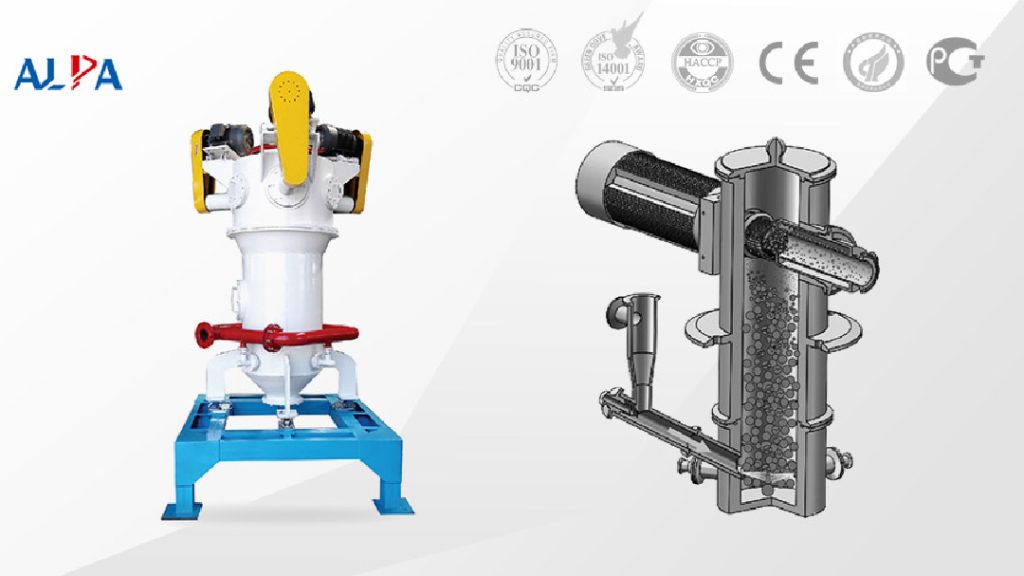
Food powder plays an important role in people's daily life and food processing. As powder is frequently used in food, in order to meet people's various requirements when using food powder, it is necessary to understand the processing methods of powder. and various changes in processing properties, powder processing technology is continuously researched and developed by relevant researchers. Among the many types of food processing powder and raw material processing technologies, ultrafine grinding technology is an emerging agricultural product processing technology that can effectively prepare ultrafine powder. This technology can increase the utilization rate of processed materials and improve processing characteristics, Improve product quality and make it widely used in the food processing industry. By summarizing the working principle and usage characteristics of ultrafine grinding equipment technology, this paper focuses on the actual use of ultrafine grinding equipment technology in various fields, makes important prospects for the development prospects of ultrafine grinding technology, and summarizes the current applications of this technology. Problems that need to be solved urgently.
1. Fast crushing speed and good temperature controllability
There is basically no overheating during the entire process of ultrafine grinding technology, and it can also work at low temperatures. It is a low-temperature grinding technology. The micronization process lasts for a short time, and most of the biologically active chemical components will not be taken away by the process, which is conducive to the production of all necessary high-quality micronized products. Ultra-fine grinding technology can use medium, low or ultra-low temperature grinding according to the needs of different materials, so that the properties and processing requirements of the materials can achieve the desired results.
2.The particle size of the powder is small and evenly distributed, which improves the physical and chemical properties of the material and increases the reaction speed.
Since the external force used by ultra-fine grinding technology on the raw materials is very uniform, the resulting powder has a uniform particle size distribution. After various ultra-fine grinding processing technologies, the specific gravity and surface area of the material gradually increase. When various biological and chemical reactions are carried out, the contact area increases, and the dissolution rate, reaction rate, etc. are improved. Research has found that when oat fiber is ultrafinely pulverized and then added to wheat flour dough, the degree of ultrafine pulverization is directly proportional to the moisture content and elasticity of the dough. Ultra-fine grinding technology saves production time and improves production efficiency. Research shows that when crop straw is ultrafinely powdered, the physical and chemical properties are significantly changed, the structural components of plant fiber can be rationally utilized, and the absorption of plant fiber in the animal body is reduced.
3.Save processing raw materials and improve raw material utilization
Some fibrous materials are not suitable for conventional crushing methods. The formation of larger particles will cause a lot of waste of raw materials, and most production processes require intermediate processes to meet the requirements. Products produced by ultra-fine grinding technology can be directly used in the production process and are suitable for the use of rare and precious raw materials.
4.Reduce surrounding environmental pollution and improve the quality of processed materials
The entire ultrafine grinding process is carried out in a closed environment, which prevents external contamination during this process and does not cause pollution to the outside world. This technology is suitable for use in food and medical health products under high standard environmental requirements. Ultra-fine grinding technology is a physical processing process that will not be adulterated or mixed with other substances. Especially during the processing of Chinese herbal medicine, the naturalness will be guaranteed. Therefore, this technology ensures the naturalness and safety of the raw materials.
5. Improve the body’s digestion and absorption of nutrients.
According to research, after the ultra-finely pulverized material enters the digestive system, its particle size is very small, 10-25 μm or even below. The nutrients will not be released after a long and complicated pathway, and because the particles are smaller, they are more It is easily absorbed into the lining of the small intestine, thereby increasing the rate of nutrient excretion and giving raw materials more time to be absorbed and utilized.
8 of the most popular ceramic powders currently
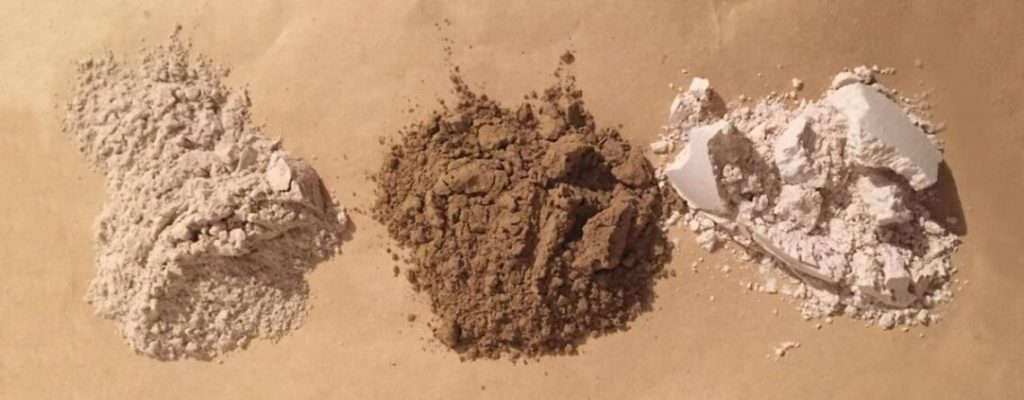
Advanced ceramics have excellent mechanical, acoustic, optical, thermal, electrical, biological and other properties, and can be seen everywhere in high-end technology fields such as aerospace, electronic information, biomedicine, and high-end equipment manufacturing. There are many types of ceramics, and ceramics with different compositions have their own characteristics, such as the oxidation resistance of alumina ceramics, the high strength and electrical corrosion resistance of silicon nitride ceramics, the high toughness and biocompatibility of zirconia ceramics, etc.
High purity alumina
High-purity alumina has the advantages of high purity, high hardness, high strength, high temperature resistance, wear resistance, good insulation, stable chemical properties, moderate high temperature shrinkage performance, etc. It has good sintering properties and is unmatched by ordinary alumina powder. With optical, electrical, magnetic, thermal and mechanical properties, it is one of the high-end materials with the highest added value and the most widely used in modern chemicals. As a representative category of high-performance alumina products, high-purity alumina is widely used in high-tech and cutting-edge industries such as fluorescent materials, transparent ceramics, electronic devices, new energy, catalytic materials, and aerospace materials.
Boehmite
Boehmite contains a crystal water with the chemical formula γ-Al2O3·H2O or γ-AlOOH, which is a type of aluminum oxide hydrate.
Aluminum nitride
Based on the current development of electronic chips whose comprehensive performance is getting higher and higher and whose overall size is getting smaller and smaller, the heat flow density displayed during the working process of electronic chips has also increased significantly. Therefore, selecting appropriate packaging materials and processes and improving device heat dissipation capabilities have become technical bottlenecks in the development of power devices. Ceramic materials themselves have properties such as high thermal conductivity, good heat resistance, high insulation, high strength, and thermal matching with chip materials, making them very suitable as power device packaging substrates.
Silicon nitride
Silicon nitride is currently mainly used as a ceramic material, and silicon nitride ceramics are an indispensable key material in industrial technology, especially cutting-edge technology.
Spherical alumina
Among many thermally conductive powder materials, spherical alumina relies on its high thermal conductivity, high filling coefficient, good fluidity, mature technology, rich specifications and relatively reasonable The price has become the most mainstream thermal conductive powder category in the high-end thermal conductivity field in the thermal conductive powder industry.
Barium titanate
Barium titanate (BaTiO3) is an ABO3 type perovskite structure. Since the excellent dielectric properties of barium titanate ceramics were discovered in the first half of the 20th century, it has been used as a dielectric material for capacitors. It is currently the most commonly used dielectric material. One of the most common electronic ceramic powders is also the parent material for manufacturing electronic components, so it is called the "backbone of the electronic ceramic industry."
Nanocomposite zirconia
Nanocomposite zirconia is a type of zirconia that can maintain the tetragonal or cubic phase at room temperature after adding stabilizers. The stabilizers are mainly rare earth oxides (Y2O3, CeO2, etc.) and alkaline earth metal oxides (CaO, MgO, etc.) ).
High purity silicon carbide
Silicon carbide materials can be mainly divided into two categories: ceramic and single crystal. As a ceramic material, its purity requirements are not very strict in general application fields.
Powder surface modification process
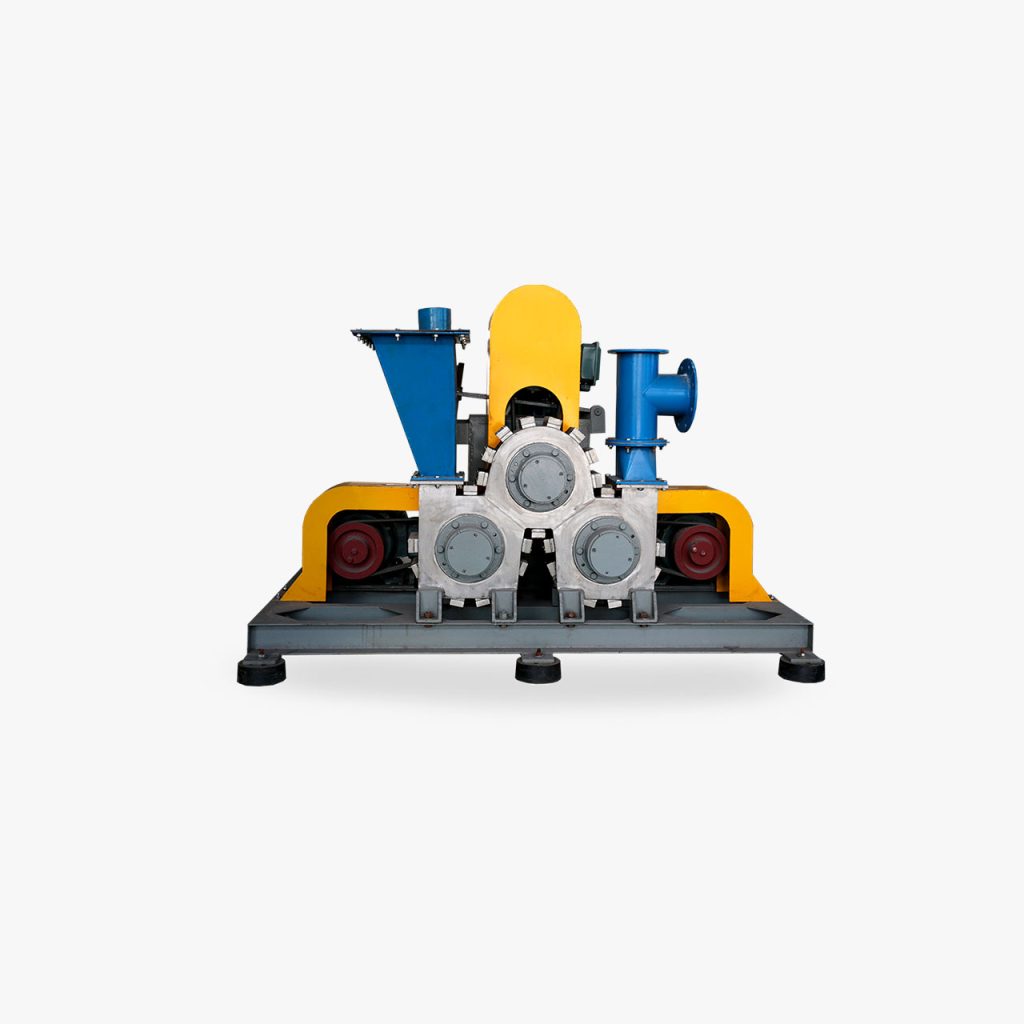
Powder surface modification is also called powder surface modification. With the development of modern new technologies, new processes, and new materials, functional composite materials have a vital impact. Surface modification is the purposeful change of the physical and chemical properties of a certain material surface through physical, chemical, mechanical and other methods, such as surface structure and functional groups, surface energy, electrical properties, optical properties, adsorption properties and reactivity, etc. Achieve the compatibility, dispersion and comprehensive performance improvement between different materials. This article briefly discusses the engineering process of surface modification of inorganic powders.
Surface modification processes are mainly divided into three categories, namely dry process, wet process and composite process. Here we focus on the first two processes.
Dry modification
The dry modification process means that the powder is always kept in a dry state and is dispersed, coated, coupled, etc. in a dry environment. There are continuous production processes and intermittent production processes, and the process is simple and flexible.
The modification effect of the dry modification process is mainly related to the shape of the impeller, rotation speed, temperature, filling rate, mixing time, adding method and amount of modifier, etc. The internal design is to provide different power to the materials to achieve uniform mixing. The filling rate directly affects the operation of the overall material in the equipment. If there is too much filling rate, there will be no space for movement inside. If there is too little filling rate, the blades cannot fully contact the material and the material cannot achieve the required kinetic energy. Generally, the surface of inorganic powder requires a certain temperature to adsorb or react with the modifier to achieve the modification effect.
The dry continuous production process refers to the production process of continuously adding materials and continuously adding modifiers.
The modification host of this process generally feeds materials through metering, including a modifier feeding device, mainly through weight loss metering, flow metering, pressure metering, etc. The modifier does not need to be diluted, the powder and the modifier are well dispersed, and the relative modification time is short. Because of the continuous automatic or semi-automatic process, the labor intensity is low, the production efficiency is high, and it is suitable for large-scale industrial production. Because of the continuous feeding, it is inflexible to switch materials and is not suitable for small-volume production and frequent material changes.
The powder surface modification effect is not only related to the particle size, but also affected by many factors. Different modifiers must be selected for different systems.
Effect of ultrafine grinding technology on biological powders
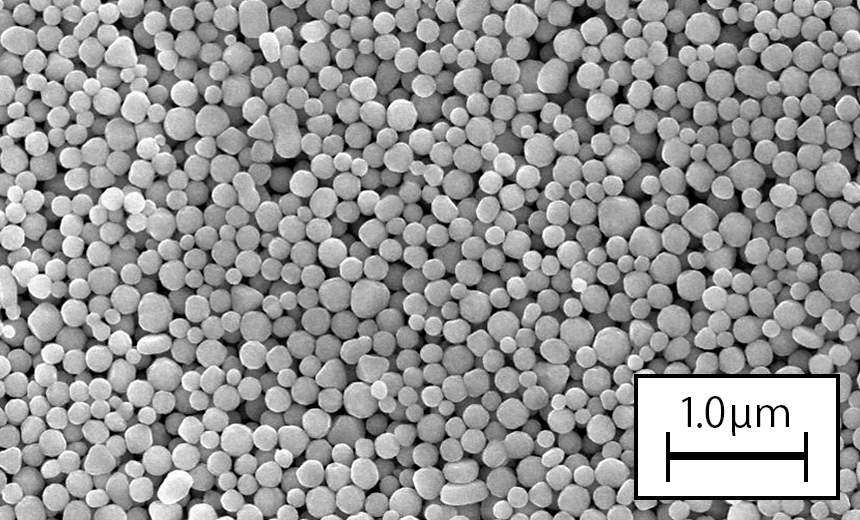
The application fields of ultrafine grinding technology and equipment for powders are becoming more and more extensive. Due to the rapid development of various industries, the requirements for the physical and chemical properties of powders such as particle size are getting higher and higher. Powders that meet the required physical properties can often be Bring better experience and added value to the product. Ultrafine grinding technology was developed to adapt to the development of modern high-tech, and is widely used in food, traditional Chinese medicine and other processing fields.
Ultrafine grinding technology
Ultrafine grinding technology originated in the 1970s. It refers to a new processing technology that uses mechanical processing methods such as impact, collision, shearing, grinding, dispersion, classification, and surface coating to crush materials to the micron level; specifically, it refers to the use of machinery Or the operating technology of using fluid power to overcome the internal cohesion of solids and crush 0.5-5mm materials into ultra-fine powders with a diameter of less than 10μm.
Types of ultrafine grinding technology
At present, there are two types of micronization technologies: physical crushing method and chemical synthesis method. Physical pulverization methods include solid phase method, liquid phase method and gas phase method. They mainly rely on the mechanical action of commonly used equipment such as ball mills, impact pulverizers, jet pulverizers and high-frequency vibration ultra-fine pulverizers, or use high pressure, high speed The energy of the air flow causes the material particles to produce violent impact, collision and friction forces with each other, thereby crushing the material. This method has low cost and high output, and is the main means of preparing ultrafine powder. The chemical synthesis method uses molecules, ions, and atoms to further synthesize micron-sized, sub-micron-sized or even nano-sized powders. However, the output is low, the processing cost is high, and the application range is narrow.
The principle of ultrafine grinding
For ultrafine grinding of Chinese medicinal materials and health foods, it mainly refers to cell-level ultrafine grinding (referred to as cell wall breaking). Cell breaking refers to the crushing operation for the purpose of breaking the cell walls of plant materials.
Ultrafine grinding is based on the principle of micron technology. With the ultra-micronization of substances, their surface molecular arrangement, electron distribution structure and crystal structure all change, resulting in surface effects, small size effects, quantum effects and macroscopic quantum tunneling effects that bulk (granular) materials do not have, thus making Compared with macroscopic particles, ultrafine products have a series of excellent physical, chemical and surface interface properties.
Effect of ultrafine grinding technology on biological powders
Ultrafine pulverization technology processes raw materials into ultrafine powders through impact, collision, grinding and other means of materials, so that their physical and chemical properties and structural functions have certain changes, including the high particle size of the powder raw materials. Accuracy grading and surface activity changes.
(1) The impact of ultrafine grinding on the extraction of active ingredients from powder: improving the dissolution rate of active ingredients, nutrients, trace elements and other ingredients of raw materials. By comparing the dissolution rates of Astragalus fine powder and ultrafine powder by in vitro dissolution method, it was found that the dissolution of Astragalus polysaccharide is closely related to the particle size of the powder; the impact of ultrafine grinding technology on the active ingredients of Rhodiola rosea, Ganoderma lucidum and other raw materials was also studied.
(2) The effect of ultrafine grinding on the bioavailability of powder: increasing digestion and absorption in the body, improving bioavailability, and improving product utilization. Ultrafine pulverization technology can retain the bioactive components of powder particles.
(3) The impact of ultrafine grinding on powder processing characteristics: it improves the processing characteristics of raw materials, increases material utilization, and saves resources. Research shows that ultra-fine grinding can significantly improve its high-temperature water-holding capacity, transparency, and settling performance while reducing the particle size.
Ultrafine grinding technology is widely used in many fields
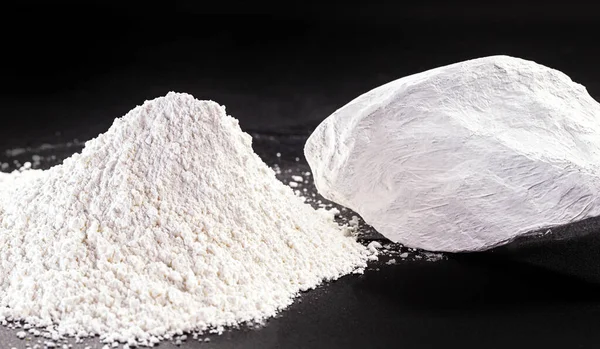
Ultrafine grinding technology is a grinding technology that grinds raw materials to the micron or sub-micron level and has been widely used in many fields.
At present, ultrafine grinding technology mainly includes the following common methods.
Ultrafine grinding technology
Grinding method: Use the grinding media in the sand mill to rotate and collide with the raw materials at high speed to crush the raw materials into nanometer levels. Especially for crushing needs that require high precision and uniformity, sand mills are more commonly used.
High-pressure pellet machine: uses high pressure to press the raw materials through a mold with fine pores to achieve crushing. This method is suitable for materials that have special requirements for particle shape and distribution.
Air fluid energy method: The raw materials are broken through the impact and collision of high-speed airflow, and then classified and separated through the classifier. This method is suitable for occasions where the particle size and classification accuracy of material crushing are high.
The background of ultrafine grinding technology can be traced back to the development of modern chemical and material science.
With the advancement of science and technology and the development of industrialization, people have an increasing demand for the preparation of fine particles. The application scope of ultrafine grinding technology includes new energy electronic materials, coatings, food, ceramics, medicine, cosmetics and many other fields.
Application field
In the field of new energy electronic materials, ultrafine grinding technology can grind electronic materials to the nanometer level, increase the surface area and reactivity of electronic materials, and improve the performance and reliability of materials.
Ultrafine grinding technology can be used in the preparation of battery materials, semiconductor materials, etc., and is of great significance in promoting the development and innovation of the electronics industry.
In the food field, ultra-fine grinding technology can grind food raw materials to the micron level, increase the uniformity and taste of the product, and improve the quality and taste of the food.
Ultrafine grinding technology can be used in the preparation of coffee, condiments, cocoa powder, spices, tea beverage additives, cereals and other foods, and plays an important role in improving the market competitiveness of products and customer satisfaction.
In the field of coatings and ceramics, ultrafine pulverization technology can crush pigments and fillers to the micron level, increase the color saturation and texture of coatings and ceramics, and improve the anti-aging and durability of products. Ultrafine grinding technology can be applied to the preparation of coatings, ceramics and other products, and plays an important role in improving product quality and color effects.
In the field of medicine, ultrafine grinding technology can grind drug raw materials to the nanometer level, thereby increasing drug solubility, improving bioavailability, and achieving controlled and targeted release.
Ultrafine grinding technology can be applied to oral solid preparations, injections, capsule preparations, etc., playing a key role in the development and production of drugs.
In the field of cosmetics, ultra-fine grinding technology can grind active ingredients and pigments to the micron level, increase product stability and adsorption, and improve skin permeability and effectiveness.
Ultrafine grinding technology can be used in the preparation of skin care products, cosmetics, lipstick, eye shadow and other products, which is of great significance for improving product quality and effect.
At present, the ultrafine grinding technology on the market has reached a very high level. By optimizing equipment structure and process parameters, modern ultra-fine grinders can achieve higher grinding efficiency, better grinding particle size control and lower energy consumption.
Some advanced ultrafine grinders are also equipped with intelligent control systems to realize automated operation and monitoring, improving production efficiency and stability.
Ultrafine grinding technology has broad application prospects. Future development trends will mainly focus on improving grinding efficiency and particle size control accuracy, developing more ultrafine grinding technologies with specific properties, and researching preparation methods for more high-functional products.
7 basic process flows of ultrafine grinding
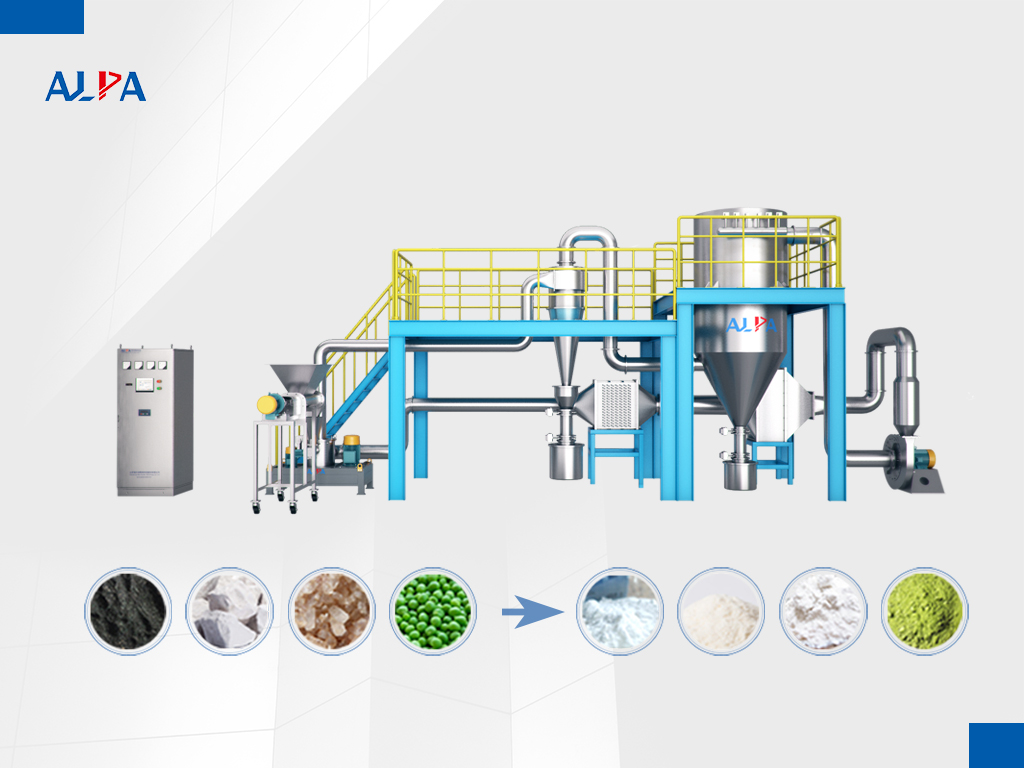
The mechanical ultrafine grinding process generally refers to the grinding and classification process for preparing particle size distribution d97≤10μm, which is divided into dry method and wet method. The ultra-fine grinding unit operation (i.e. one-stage ultra-fine grinding) currently used in industry has the following process flows:
Opening process
Generally, airflow mills such as flat or disc type, circulating tube type, etc. often use this open circuit process because they have self-grading function. In addition, this process is often used for intermittent ultrafine grinding.
The advantage of this process flow is that the process is simple. However, for ultra-fine grinders that do not have the function of self-classification, since there is no classifier in this process, qualified ultra-fine powder products cannot be separated in time. Therefore, the particle size distribution range of general products is wide.
Closed circuit process
This process consists of a classifier and an ultra-fine grinder forming an ultra-fine crushing-fine classification closed-circuit system. This process is often used in continuous crushing operations of ball mills, stirrer mills, high-speed mechanical impact mills, vibration mills, etc.
Its advantage is that it can separate qualified ultrafine powder products in a timely manner, thereby reducing the agglomeration of fine particles and improving the efficiency of ultrafine crushing operations.
Opening process with pre-grading
In this process, the materials are classified before entering the ultra-fine grinder, and the fine-grained materials are directly used as ultra-fine powder products. The coarse-grained materials then enter the ultra-fine grinder for crushing.
When the feed contains a large amount of qualified ultrafine powder, using this process can reduce the load on the crusher, reduce energy consumption per unit of ultrafine powder product, and improve operating efficiency.
Closed circuit process with pre-grading
This combined operation not only helps improve crushing efficiency and reduce energy consumption per unit product, but also controls the particle size distribution of the product.
This process flow can also be simplified to only one grader, that is, the same grader is used for pre-grading and inspection and grading.
Opening process with final grading
The characteristic of this crushing process is that one or more classifiers can be installed after the crusher to obtain two or more products with different fineness and particle size distribution.
Opening process with pre-grading and final grading
The essence of this process flow can not only pre-separate some qualified fine-grained products to reduce the load of the crusher, but also the final classification equipment can obtain two or more products with different fineness and particle size distribution.
The number of crushing stages mainly depends on the particle size of the raw materials and the required product fineness. For raw materials with relatively coarse particle sizes, a process of fine crushing or fine grinding and then ultra-fine crushing can be used. Generally, the raw materials can be crushed to 74 μm or 43 μm and then an ultra-fine crushing process can be used.
For materials that require very fine particle size and are easy to agglomerate, a multi-stage ultra-fine crushing process in series can be used to improve operating efficiency. However, generally speaking, the more crushing stages, the more complex the process will be.
The role of ultrafine powder in refractory castables
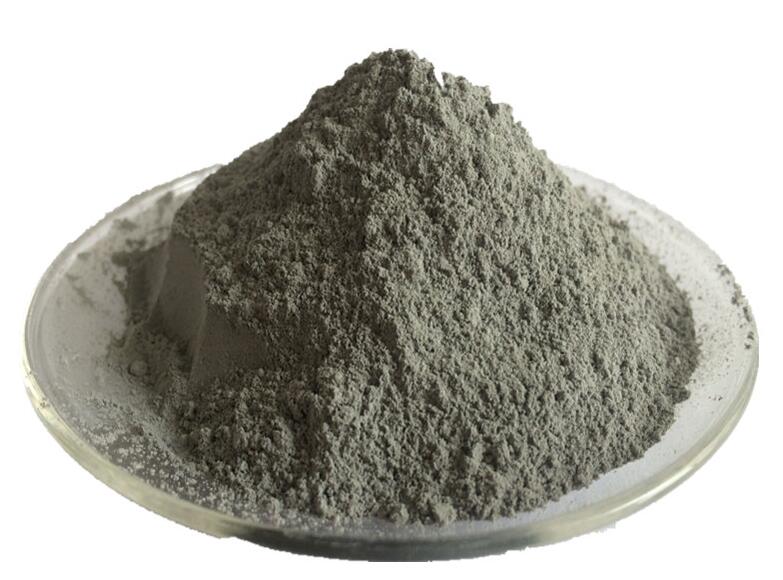
The main function of ultrafine powder in refractory castables is to enhance filling properties and improve construction properties. Moreover, as the flow performance of the castable increases, the bulk density will also increase.
After adding ultrafine powder to refractory castables, the apparent porosity decreases while the strength increases significantly. Other high temperature properties will also be improved accordingly. The role of ultrafine powder is inseparable from admixtures. Only by choosing the right type of ultrafine powder and admixtures and using the right amount can they play their maximum role.
The mechanism of action of ultrafine powder is complex, because different varieties of ultrafine powder have different mechanisms of action. However, the amount of ultrafine powder cannot exceed 7%. If it exceeds 7%, there will be more than enough to fill the gaps. The remaining ultrafine powder will require a large amount of water and will not be dense, but there will be no change in the pores. If the dosage is controlled to less than 5%, the gaps in the castable will be filled, the water consumption will be large, the volume density will be small, and the apparent pores will be high. Therefore, the best usage range is between 5-7%.
In fact, the function of ultrafine powder is to fill. The bulk density of traditional refractory castables is relatively large, and many pores will be filled by the excess water. After the water is removed, pores will be left. When ultrafine powder is added, the pores will be filled with ultrafine powder. Filling, a very small amount of micropores are filled with water. In this way, when the refractory castable is mixed, the amount of water is reduced. After molding and demoulding, the water will be discharged, and the remaining pores will be much less. In other words, adding ultrafine powder will reduce the amount of water added, increase the bulk density of the castable and reduce the porosity.
In short, the filling effect of ultrafine powder is better than that of silica powder in refractory castables, and the dosage is also less. The particle size distribution activity of a-Al2O3 ultrafine powder is better than that of Sio2, because the proportion of ultrafine powder less than 1 μm accounts for 96.5%, while the active Sio2 is only 69%. The fineness, shape, and activity of ultrafine powder are stronger than Sio2 silica fume. .
What equipment is more suitable for ultrafine grinding of needle-shaped wollastonite?
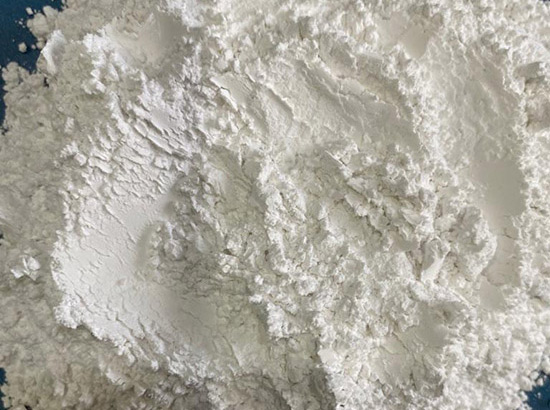
Wollastonite is a calcium metasilicate mineral. Ultrafine wollastonite needle powder with high aspect ratio has extremely high application value in industry. The key to improving the aspect ratio of wollastonite products In the process of pulverization, the original crystalline structure of minerals is maintained by adopting a suitable pulverization method.
At present, the equipment used for ultra-fine grinding of wollastonite needle powder mainly includes mechanical impact mills, jet mills (flat, circulating, impact, fluidized bed, counter-jet), stirring mills, Raymond mills, etc. grinding, vibrating grinding, etc.
1. Stirring mill
In the stirring mill, the stirring arm runs at a certain speed to drive the movement of the grinding medium in the cylinder, and the material is crushed by friction and impact in the grinding medium. It is difficult to prepare needle-shaped ultra-fine wollastonite powder with a media stirring mill. The fineness of the crushed product is less than 4µm (or finer) and the length-to-diameter ratio is small, but the crushing efficiency is high.
2. Vibration grinding
Vibration mill relies on the high-frequency vibration of the cylinder to cause the grinding media in the cylinder to violently collide and grind the materials, causing the materials to gradually develop fatigue cracks or even breakage. 90% of the product's fineness is less than 10µm, and its length-to-diameter ratio is small.
3. Raymond mill
When the Raymond mill is pulverizing, the material is subjected to the main forces of extrusion and friction between the roller and the grinding ring. The fine-grained material is separated by the analyzer, and the coarse-grained material returns to be crushed again. The product fineness is 30~50µm and the aspect ratio is 5~10. The improved Raymond mill can only make the wollastonite product finer and is not suitable for preparing wollastonite powder with a high aspect ratio.
4. Mechanical impact crusher
Mechanical impact crushing uses a high-speed rotor to disperse the materials to the periphery of the crushing chamber. They are impacted at the same time and are squeezed, sheared and crushed by centrifugal inertial force and friction at the gap between the stator and rotor. The fine powder is carried by the air flow. After leaving the crushing area, it becomes a product after being classified. The fineness of the crushed products is generally 10~30µm, and the aspect ratio is about 5~10.
5. Air jet mill
Air jet crushing uses the pressure of compressed air to form a high-speed airflow trajectory in the crushing chamber, mainly shearing. Its characteristic is to make wollastonite materials collide and rub against each other at high speed to crush and protect the wollastonite crystal morphology. . The fineness of the crushed products is generally 5~15µm, and the aspect ratio is about 8~12. Surfactants can be added at the same time to assist grinding, increasing the throughput of the airflow grinding system by more than 1.5 times.
Therefore, the fluidized bed jet mill is currently the most suitable ultra-fine grinding equipment for preparing high aspect ratio wollastonite products, and is suitable for producing 1250 mesh (d97 ≤ 10 μm) ultra-fine needle-shaped wollastonite powder.

